Productivity is critical to the health of your company’s bottom line. When staff performance suffers, so do sales, customer service and retention, corporate culture, and employee morale. Even when productivity is sufficient, there is always room for improvement.
3 Tips for Boosting Team Productivity
Improving staff productivity doesn’t always have to be a multi-step process. Implementing just one or two performance-promoting tips can be effective. Here are three ideas for boosting team productivity.
- Emphasize collaboration and connectedness — When corporate culture lacks a sense of community, productivity suffers. “Productivity improves by 20-25 percent in organizations with connected employees,” per the McKinsey Global Institute.1 To increase connectedness, foster a collaborative company culture.
According to UNC Kenan-Flagler Business School, collaboration initiatives fail when employees don’t feel comfortable sharing their thoughts and ideas.2 A contributor wrote, “In the collaborative process, trust means creating an environment where everyone can openly express concerns, fears, and differences of opinion (i.e., be vulnerable) without fear of rejection, aggression, or retaliation.”
Promoting trust and vulnerability via leading by example facilitates collaboration and connectedness, which ultimately improves productivity.
- Reduce stress by changing modes of corporate training — It’s impossible to eliminate stress from the workplace, but it is important to reduce it if you want to increase team productivity. According to Willis Towers Watson, “Employees suffering from high stress levels have lower engagement, are less productive, and have higher absentee levels than those not operating under excessive pressure…”3
Employers know that stress affects team performance, but they don’t always understand how to reduce it. One way is to train employees informally. Josh Bersin calls informal learning that happens during the course of the workday “learning in the flow of work.”4 This type of learning takes the stress of having to attend formal training sessions off employees’ shoulders and frees them to get more done, which is why companies should promote learning in the flow of work.
- Use technologies that boost efficiency — Seventy-five percent of Americans believe they do not have access to the latest efficiency-boosting technology.5 This means they don’t have the tools they need to be as productive as they have the potential to be.
To boost efficiency, consider moving to a Knowledge Cloud. For example, the EdCast AI-powered Knowledge Cloud has the capacity to increase productivity by up to 50 percent. It solves the discovery, curation and recommendation problems of content fragmentation across external, internal, and tacit knowledge sources. Also, the Knowledge Cloud engages employees, customizes content, and delivers all learning content to staff in a personalized learning feed, which maximizes productivity.
Related Reading: 8 Benefits of Moving to the Knowledge Cloud
Begin Turning Productivity Problems Around Today
Companies across all sectors experience issues with team productivity. Promoting collaboration and employee connectedness, offering informal, on-the-job training, and providing staff with efficiency-boosting technology, such as a Knowledge Cloud, can work wonders for your company’s bottom line. There are many tips for boosting productivity, but these are a good start.
Learn more about how a Knowledge Cloud can help increase productivity for your organization.
References:
- The McKinsey Global Institute. The social economy: unlocking value and productivity through social technologies. https://www.mckinsey.com/industries/high-tech/our-insights/the-social-economy.
- UNC. Creating a collaborative organizational culture. https://www.kenan-flagler.unc.edu/~/media/files/documents/executive-development/unc-white-paper-creating-a-collaborative-organizational-culture.pdf.
- Willis Towers Watson. Workplace stress leads to less productive employees. https://www.towerswatson.com/en/Press/2014/09/Workplace-stress-leads-to-less-productive-employees.
- Bersin, Josh. A new paradigm for corporate training: learning in the flow of work. https://joshbersin.com/2018/06/a-new-paradigm-for-corporate-training-learning-in-the-flow-of-work/.
- Staples. The state of the workplace in 2016. https://www.staples.com/content-hub/company-culture/work-life-balance/the-state-of-the-workplace-in-2016.



